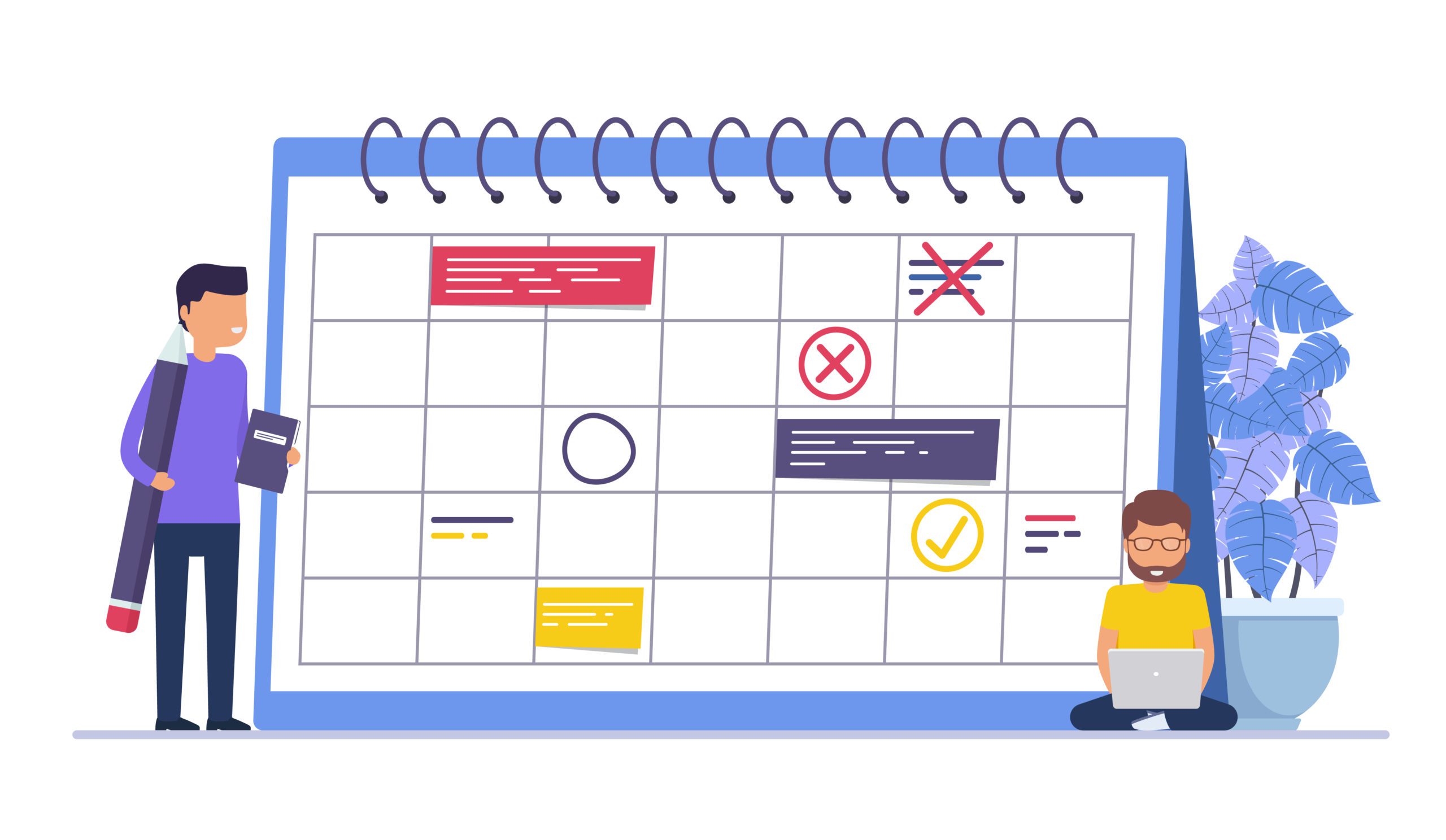Time Management with Distance Learning
A Simple Guide For Cat Herders

It’s a Wednesday morning at the Land household and school is in session. The 8-year-old has now clocked 20 minutes pleading a case against the inevitable sentence he has to write for Language Arts. His main argument…. “it takes too much time”. The 6-year-old is legitimately struggling to understand her assignment because she can’t read, and the school program only reads some pages for her. This requires the parent to bounce between yelling “all you have to do is just write those six words” to the 8-year-old across the room and calmly reading the assignment to the 6-year-old. Last but not least, the 4-year-old refuses to remove his favorite new “school headphones” when he talks resulting in a comically significant increase in the volume of his voice as he asks questions or just wants to chat with the rest of the crew. This, of course, exacerbates the issues with the formerly mentioned 8-year-old writing his dreaded sentence and the 6-year-old understanding her assignment that must be verbally explained to her.

You cannot make this stuff up… I know our family is not alone in this season of cat herding, and it is from that place that I find my inspiration for this blog.
For obvious reasons, time management has become a fairly popular topic around our house lately. How can we juggle time management with distance learning? While most families will not find themselves implementing the full system of “Getting Things Done” by David Allen, we are being pressed to fit work in that was not there before. I believe there are some much-needed tips that we can adopt from time management masters that will help us keep our hair at least a little longer:
Capture Everything That Needs To Be Done.
Our brains are way better at creating and processing than storing. When we attempt to “remember” everything, it can give us the impression that we have much more on our plate than what we have in reality. This false reality creates stress and defeats the purpose of this blog, so DON’T DO IT. Instead, write down the things that need to be completed. Typically, you’ll be able to group activities into at least large categories, to prevent the need to capture a new list daily. For us, we chose to break things down by subject. e.g. “Complete Language Arts”. By doing this we are “starting with the end in mind”. A brain dump of all your to-dos into a simple list must be the first step because all other things we do will assume that we have the right scope or expectations laid out. By looking at the entire list of everything that must get done, you get a chance to make sure you are aiming correctly. Also, you will get fewer freak-outs from your stakeholders (i.e. spouse and kids).
Now take the list of items that need to be completed and plan times to do them.

Time Block Your List
Here are a couple of tips when you are doing this:
1. Do not schedule things back to back. Transitioning takes time for you and your kids physically and mentally. Account for that time by leaving gaps in your schedule.
2. If a task is very large (>1.5 hours), it probably needs to be broken up into smaller chunks. Look to see if the tasks can be sequenced into smaller 30-45 minute chunks.
The goal is to make potentially unmanageable large tasks achievable within smaller blocks of time.
Work Smarter, Not Harder
With so much to do, it can be tempting to try to press through it all as quickly as possible. However, according to some studies, your kids may be less productive by skipping breaks. The Pomodoro method is a time management technique where people work for 25 mins and then take a 5-minute break; then wash rinse, and repeat. Users of this technique report increased productivity, but more importantly, they find it easier to get through tasks they find difficult or unenjoyable (kids/homework anyone?). This is in my opinion what makes Pomodoro the perfect 3rd tip for time management with distance learning
To employ this technique, use any timer you wish. Some people really love the tangible nature of the classic egg timer. However, there are some great apps that are built around the Pomodoro method (example below). Installing an app can simplify employing this technique because you won’t have to restart a manual timer after each interval. The bottom line, do what works for you.

[Focus Booster Available on iOS, Android, and Desktop]
Parting Thoughts
Some of us thought virtual learning was going to be easy peasy until the school orientation said it should take around 3-4 hours a day. Recent studies have shown the average adult worker is only productive 2.5-3 hours per workday, so it should put into perspective how tough this can be for kids. Using time blocking and intervals can help to break up the day into mini-goals and subsequent rewards. You might even find that, just like adults, the kids enjoy it.
I hope these tips can help you and your family in this crazy time! I have included a quick and simple time blocking template you can save to your preferred spreadsheets program.
Do you have a time management technique that is working great with your kids during this time? Please share below in the comments!

